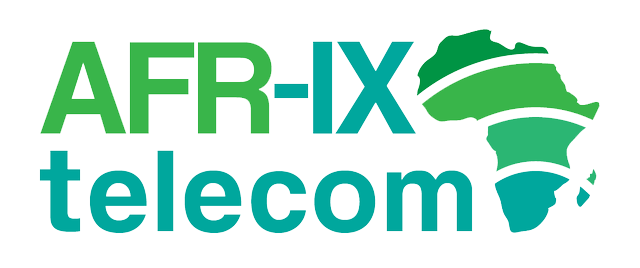Why is Tanzania’s government encouraging foreign investment in its telecoms sector?
Tanzania’s telecoms sector contributed USD859 million (1.9%) to the country’s real GDP in 2018, 28% higher than the 2014 contribution.
This economic growth is due to the increase in mobile phone users and customers in the country and the expansion of broadcasting and internet services.
The sector is also experiencing many changes due to Smart halting its services in late 2019, Tigo Tanzania completing its merger with Zantel, and the government’s decision to reduce VAT charges on the sale of smartphones and other devices.
The Tanzanian government has encouraged potential investors to look into foreign direct investment plans to further grow the country’s telecoms sector.
Key developments
With a penetration of 86% of the total population in 2019, the United Republic of Tanzania is the second-largest telecoms market in East Africa.
Over the past few years:
- Landline subscriptions decreased by 47%, from 142 819 in 2015 to 76 288 in 2019.
- Mobile subscriptions rose by 21%, from 39.7 million in 2015 to 47.1 million in 2019.
The key players in the Tanzanian telecoms market include Vodacom, Airtel, Tigo, Smile, Zantel, Halotel and Tanzania Telecommunication Company. However, in June 2020, Vodacom acquired the largest share of telecoms subscriptions (31%).
The Tanzanian government is actively working towards reducing the VAT charged on the sale of mobile devices and limiting the cost of data. In fact, the government reduced charges by 30% back in 2021.
The country’s international submarine cables further revolutionised its telecoms market. Previously, the country depended solely on pricey satellite connections. There is also a terrestrial cable network connecting Africa’s East and West coasts. There is also a terminus at Dar es Salaam, which links to three submarine cables: EASSy, SEACOM/Tata TGN-Eurasia and SEAS (Seychelles to East Africa System). 2Africa submarine cable is also planned to land in Dar es Salaam in 2023. Additionally, the government has signed an agreement allowing broadband availability to be extended to 94% of mainland Tanzania.
This East to West fibre link will help reduce latency between major continents via Africa. Moreover, it will give global enterprises incredibly fast, reliable, high-capacity and affordable communication across the southern hemisphere.
In doing so, millions of African citizens, especially in the DRC, will be connected to the internet and, in turn, the world. This is a major milestone for Africa’s modern telecommunications development.
COVID-19 impact
The COVID-19 pandemic forced many African governments and countries to impose restrictions on the movement of people. As a result, people have had to spend more time at home and find ways to connect with one another via smartphones and other devices.
Consequently, the many telecoms sectors across the globe saw a steep increase in network usage and the volume of voice calls.
Both local and foreign companies are actively finding solutions to benefit customers, since the pandemic proved that networking services are now more critical than ever.
In sub-Saharan Africa, data is also being used to track and contain the spread of the COVID-19 virus. For example, South Africa launched COVID Alert SA – a free exposure notification app that lets people know when they have been near someone who tested positive for COVID-19.
If you want to invest in a powerful, market-centric internet service provider that delivers internet and data services to businesses and telecommunications services provider companies in Africa, visit the AFR-IX Telecom website today.
We can assist you with MPLS, DIA, IPLC, IP transit, DDOS Shield, cloud services, IaaS, SD-WAN, etc.
Share
